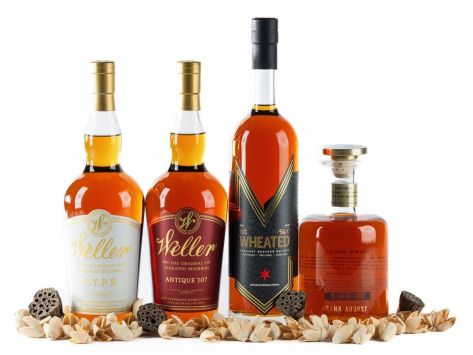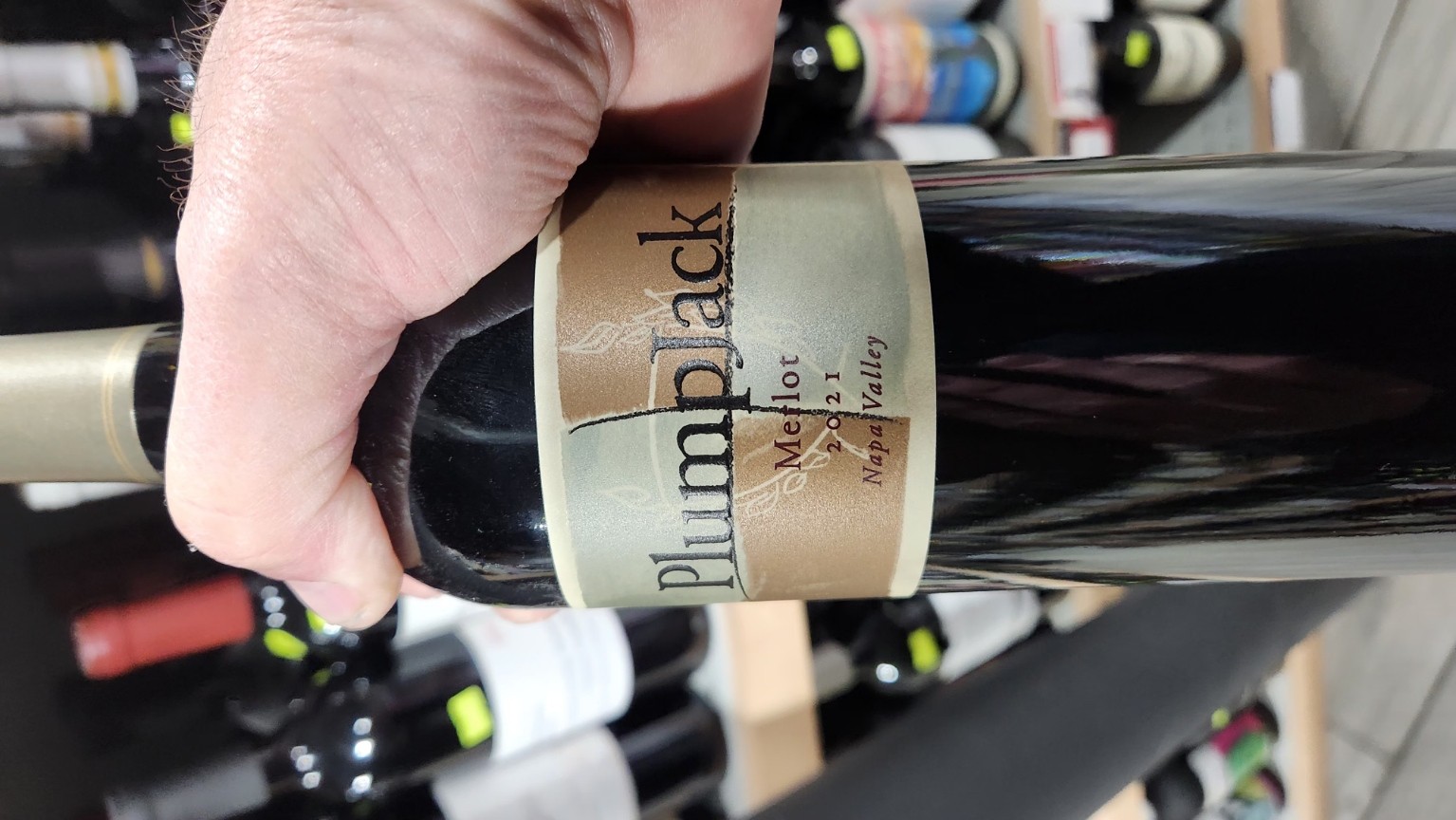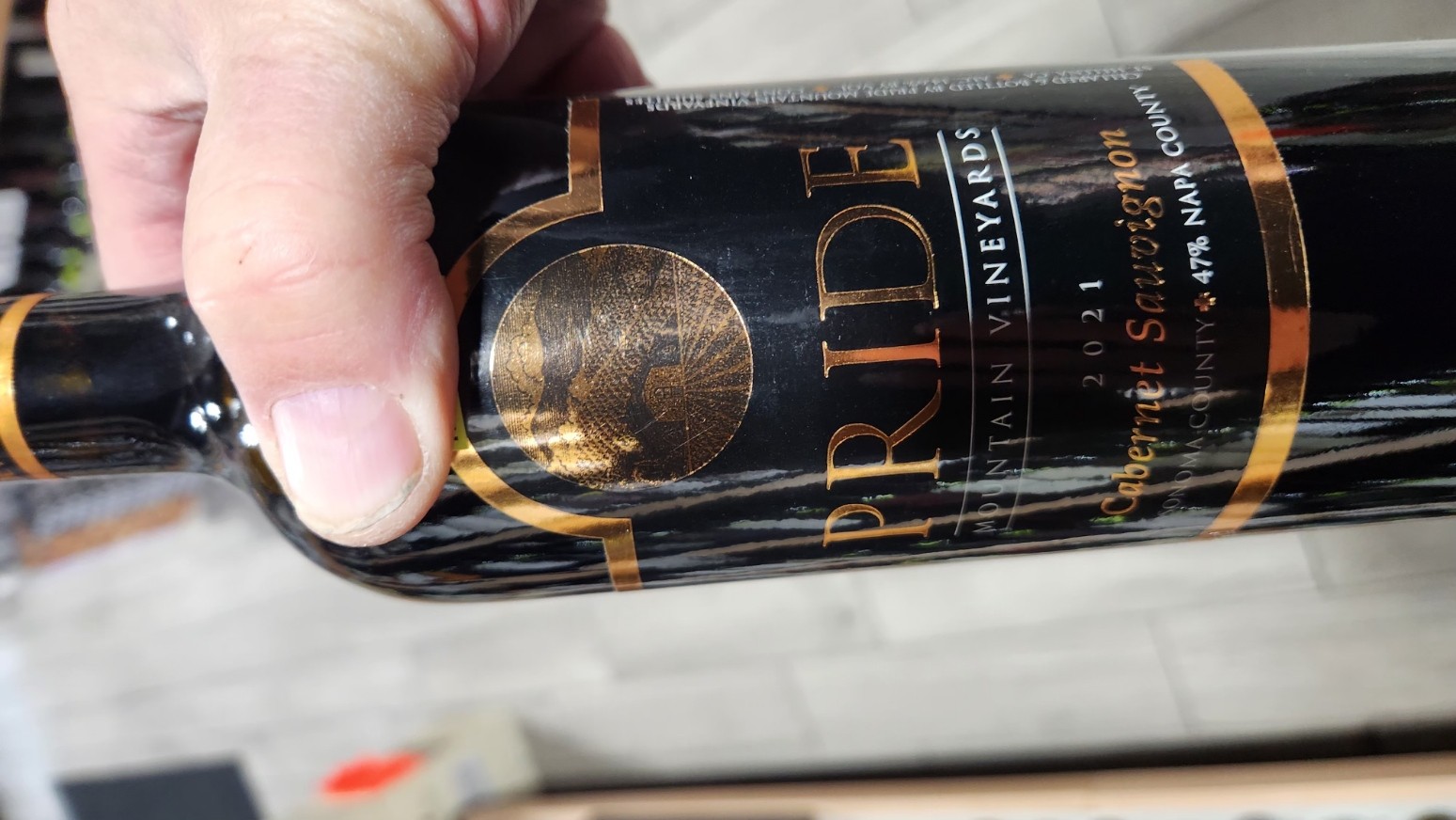As American as apple pie and baseball, Kentucky bourbon has long held a proud place on the national stage. Its roots trace back to the 18th century, but it wasn’t until 1964 that Congress sealed its legacy, declaring bourbon a “distinctive product of the United States.” A spirit born from corn, matured in charred oak, and steeped in history, bourbon has been more than just a drink—it’s a symbol of American craftsmanship.

From Recession Darling to Global Phenomenon
At the turn of the millennium, bourbon’s star had dimmed. It was seen as a bit old-fashioned—yes, pun intended—and younger drinkers were looking elsewhere. Then came the post-2008 Great Recession recovery, when the spirit made a roaring comeback.
The reasons were as much cultural as they were economic. Bourbon’s approachable price point made it attractive to both cocktail programs and curious new drinkers. A 2013 Kentucky law allowing the sale of vintage bottles added a layer of collectability, while TV hits like Mad Men brought mid-century nostalgia and classic cocktails back into fashion. Between 2011 and 2020, global bourbon sales surged 7%—triple the growth of the prior decade, according to IWSR data.
Soon, distillers were rock stars, bottles became investments, and bourbon was treated like a commodity. As Robin Wynne, a veteran beverage director, put it: “People would go in as a prospector, to flip bottles for two to three times the value.”
The Post-Pandemic Hangover
But markets—whether for tech stocks or small-batch whiskey—don’t rise forever. The pandemic’s lockdowns hit bar sales hard. Inflation pressured consumers into trading down or opting out altogether, with Gen Z drinking notably less than previous generations.
From 2021 to 2024, bourbon’s once-rapid growth slowed to just 2%. And then came geopolitics. Retaliatory tariffs from the EU and a near-total halt in Canadian imports—Canada accounts for 10% of Kentucky’s $9 billion bourbon business—have hit distillers where it hurts. “That’s worse than a tariff,” said Lawson Whiting, CEO of Brown-Forman, “because it’s literally taking your sales away.”
Even Kentucky’s own Senator Rand Paul warned that tariffs are essentially taxes, raising costs for both producers and consumers.
Casualties of the Crunch
The slowdown has already claimed high-profile victims:
- LMD Holdings filed for Chapter 11 just a month after opening Luca Mariano Distillery.
- Garrard County Distilling went into receivership this spring.
- Jack Daniel’s parent company shuttered a Kentucky barrel-making plant.
- Sales drops: Bulleit down 7.3%, Wild Turkey down 8.1% in recent months.
The irony? Bourbon’s current oversupply problem is the result of past optimism—distillers ramped up production years ago to meet projected demand. Now, the barrels aging in rickhouses are worth less than planned.
Lessons from History & The Road Ahead
This isn’t bourbon’s first rough patch. Scotch whisky faced a similar downturn in the late 20th century, which forced distillers to rethink strategy. Many began aging excess stock longer, inadvertently creating today’s premium Scotch market.
We may see a similar pivot in bourbon—longer aging, more experimental cask finishes, and hybrid mash bills aimed at appealing to global tastes. Canadian distilleries, benefiting from the tariff war, are already using bourbon-style production techniques to lure drinkers.
And there’s the wildcard of generational change. As IWSR’s Marten Lodewijks notes, “You often see these kind of generational shifts where people don’t want to drink what their parents drink.” The challenge for Kentucky bourbon is to remain iconic without becoming a relic.
Final Pour
Bourbon’s downturn is real—but so is its resilience. This is a spirit that survived Prohibition, countless economic cycles, and changing tastes. The next chapter will likely be defined not by chasing the last boom, but by innovating for the next one. If history is any guide, bourbon may well find itself back in the spotlight—just perhaps in a more refined glass.










